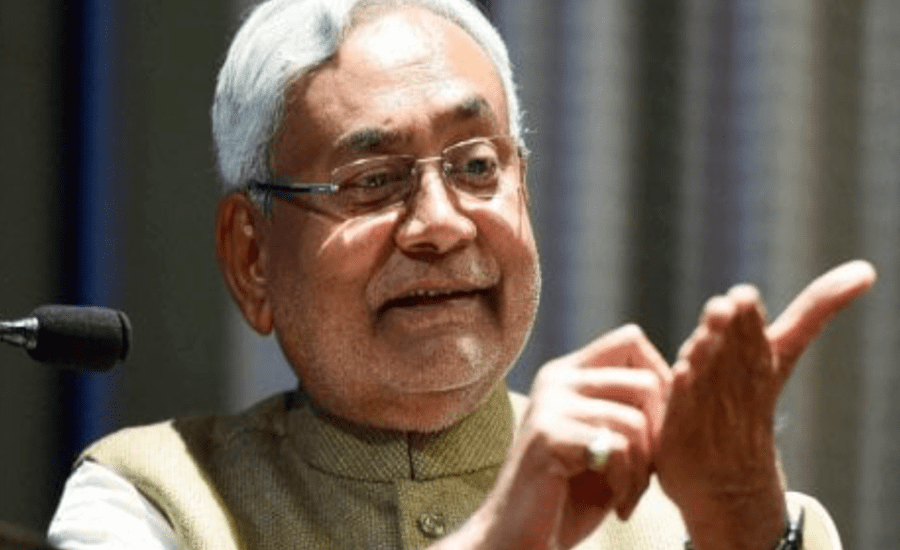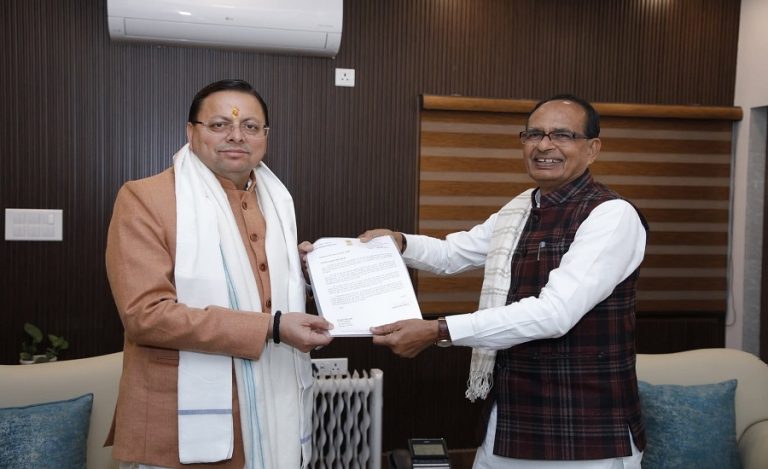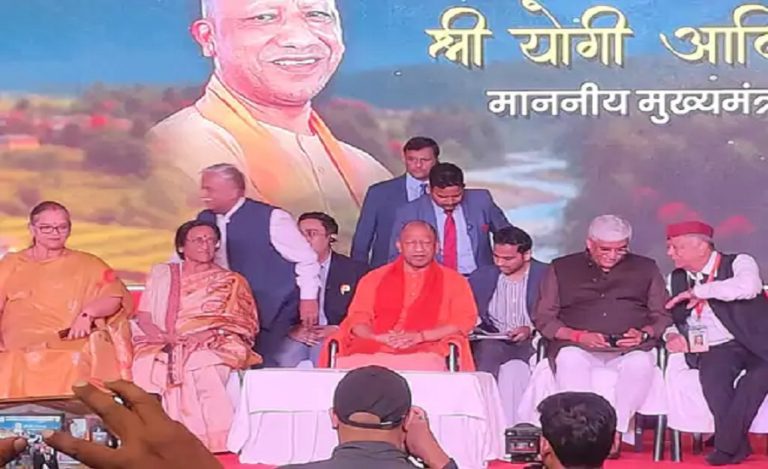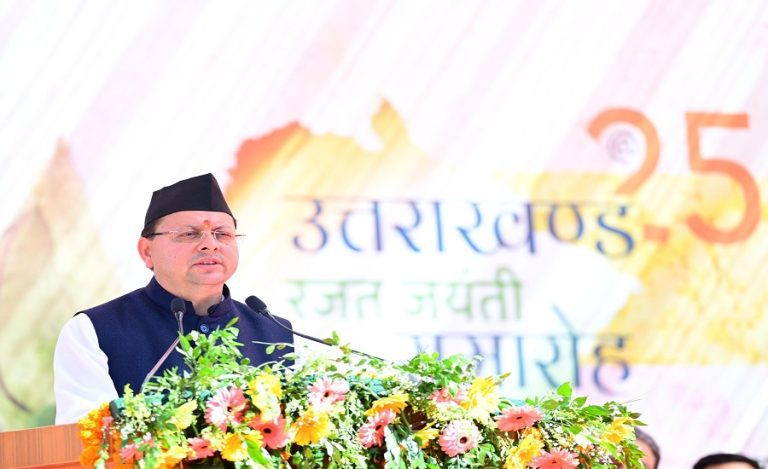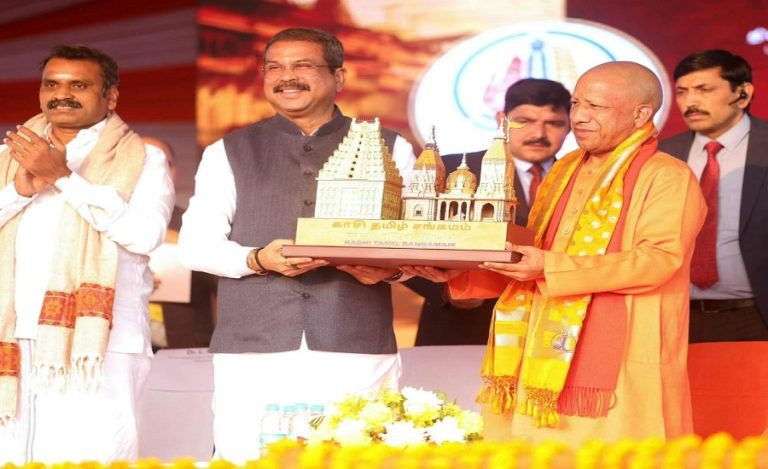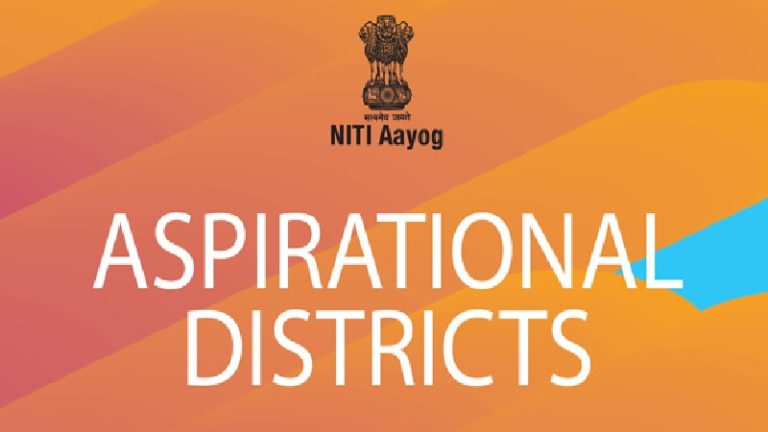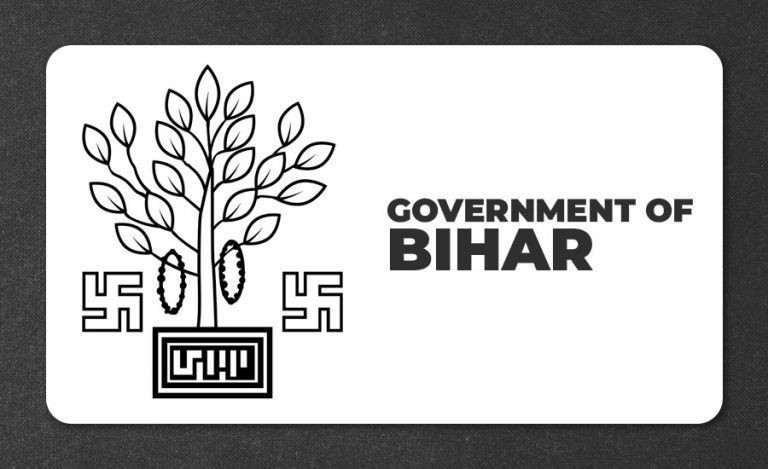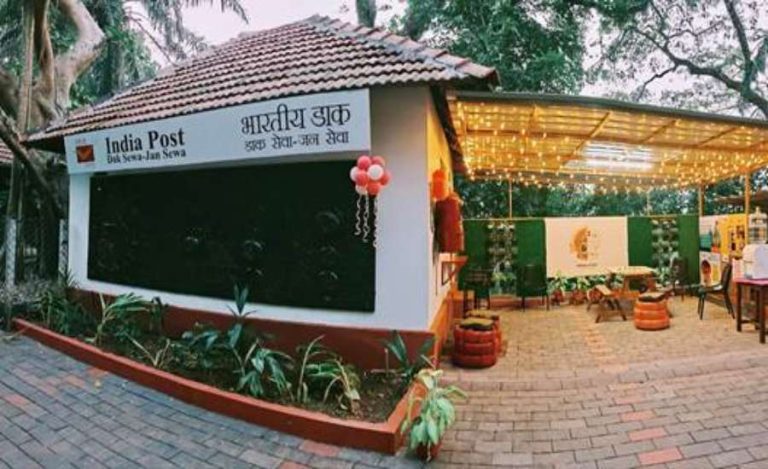In the complex political landscape of Bihar, Chief Minister Mr. Nitish Kumar continues to stand out as an exceptional figure. Despite contesting the Bihar Assembly elections only three times in his career—and winning twice—he remains one of India’s longest-serving Chief Ministers.
Mr. Nitish Kumar, who has not contested the state polls for nearly three decades, has nevertheless shaped Bihar’s governance and development trajectory through strategic leadership, administrative reforms, and a deep understanding of grassroots issues.
From MLA to MLC: A Rare Path to the Chief Minister’s Office
Mr. Nitish Kumar first contested the Bihar Assembly elections in 1977, securing his maiden victory in 1985. A decade later, in 1995, he was elected again but chose to serve as a Member of Parliament (MP) instead of retaining his assembly seat. Since then, he has largely focused on national politics, winning six Lok Sabha elections before taking up key roles in Bihar’s governance.
Despite not contesting state elections regularly, Mr. Kumar became the Chief Minister for the first time in 2000. Although that government lasted only eight days, he returned to power in 2005 and has since remained at the helm of Bihar’s administration—with short interruptions—cementing his reputation as one of India’s most resilient political leaders.
How Nitish Kumar Remained Chief Minister Without Being an MLA
According to the constitutional provisions, a Chief Minister or Minister must be a member of the state legislature within six months of assuming office. Bihar, being one of the six Indian states with a Legislative Council (Upper House), allows individuals to serve as Members of the Legislative Council (MLC) instead of the Assembly.
Mr. Nitish Kumar utilized this constitutional route, becoming an MLC multiple times since his first appointment. He was re-elected to the Legislative Council in 2012, 2018, and again in 2024—ensuring his continuity in office without contesting direct assembly elections.
He has often clarified that this choice stems from respect for the Upper House, calling it “a dignified and deliberative institution” rather than a route of political convenience.
A Parallel Political Trend Among Chief Ministers
Interestingly, Mr. Nitish Kumar is not the only Indian leader to have followed this path. Similar examples include Mr. Yogi Adityanath in Uttar Pradesh and former Maharashtra Chief Minister Mr. Uddhav Thackeray, both of whom have served as MLCs instead of MLAs during their tenure.
This trend highlights a growing administrative preference for experienced leaders to steer governance through legislative councils, ensuring continuity and stability without frequent electoral disruptions.
Nitish Kumar’s Legacy: Governance Over Politics
Under Mr. Nitish Kumar’s leadership, Bihar has witnessed significant strides in infrastructure, rural development, education, and law and order. His governance model, rooted in pragmatism and inclusivity, has often been cited as a balance between growth and social welfare.
As he continues his current term as an MLC Chief Minister, Mr. Nitish Kumar’s political journey serves as an example of how leadership and legislative mechanisms can coexist beyond traditional electoral routes. His career underscores the idea that effective governance does not solely depend on election victories but on sustained public service and administrative vision.

